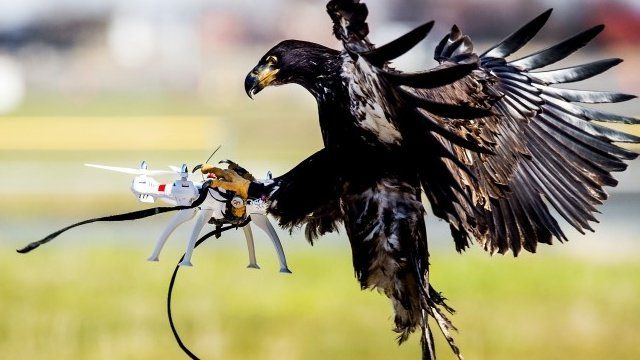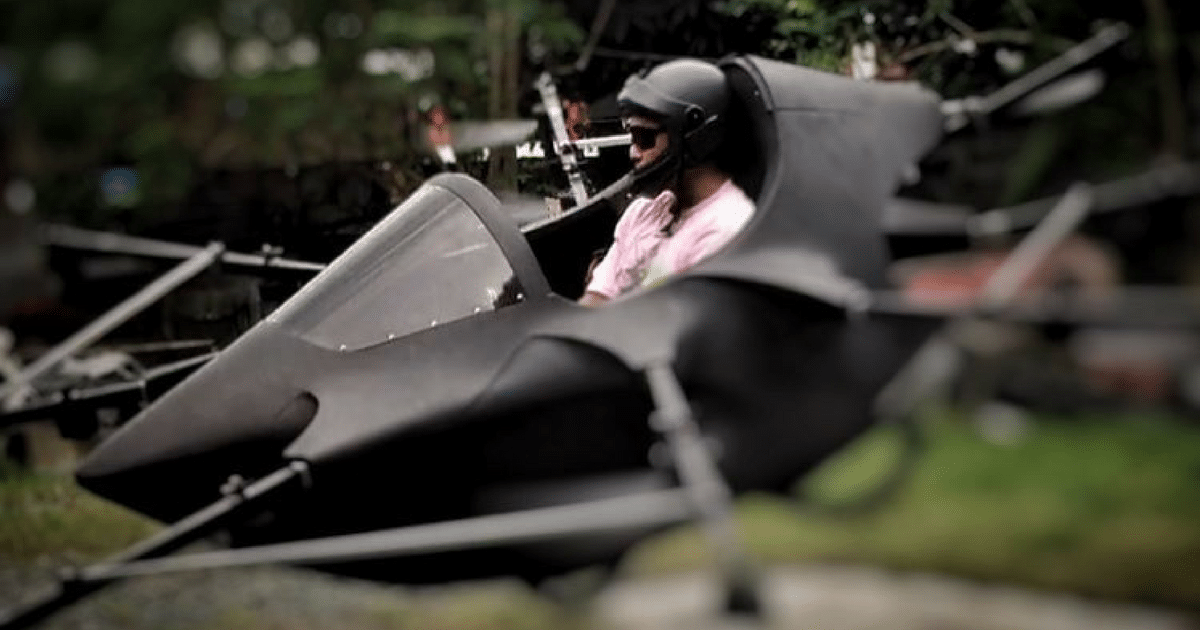Let’s imagine a drone flying in the air, and by some accident, it hits a tree and loses a part or two. Most likely, we would assume that it would crash and fall to the ground–and current drones in the market would. If only drones could mimic insects such as fruit flies which can keep flying even if they lose a limb due to some unfortunate event.
To study this further and find out how the secrets of these insects, biologists placed flies that had clipped wings into a wind tunnel and studied their movements with the help of high- speed cameras. The data they collected was used to run simulations of the wing motion of the flies.

Source: Livescience
The they programmed a robotic fly to follow or mimic the insects that have varied levels of wing damage. By doing so, this allowed them to discover different movements that are beyond the range of a real fly’s usual behavior.
According to Florian Muijres from the Wageningen University in the Netherlands, “We cannot ask the fly, ‘can you flap your wings a little bit faster or in a different way. But we can ask that to the robot.”
The robotic fly was made larger than a fruit fly. It has a wingspan of 50 centimeters, which means that the team, in turn, had to scale up the robotic fly’s movements as well as the “air” it moves in. To be able to maintain the same ratio between the size of the wing as well as the viscosity of the medium that surrounds it, the team replaced the air with mineral oil. “It sounds a bit weird,” Muijres said, but, “as a result, the aerodynamics around the wing are the same.”
Source: YouTube, New Scientist
Muijres and his team were able to produce an algorithm based on their test results to help drone developers keep their creations flying even after an accident.
Also, it’s not just from fruit flies that drones could learn from. They could also learn from bumblebees, as they are able to fly through turbulent skies. If this ability were to be mimicked by drones, it would greatly improve a drone’s stability. According to James Crall from Harvard University, “One reason we were interested in bumblebees is they’re the tankers of the flying insect world. They’re pretty incredible flyers in the natural environment.”
Crall and his colleagues did an experiment wherein they enticed trained bees into a wind tunnel with fake flowers. They found out that the bees compensate for higher winds by beating their wings more quickly and at different angles. “Understanding how insects solve this problem will be very useful for drone design,” Crall said.
There are also other researchers that have studies how stick insects get back upright in the air after they fall, as well as how owls fly are able to fly silently and how pigeons are able to navigate turbulence, to get some aerodynamic clues for drones.
Imagine how much drones would improve if they are able to mimic such traits from insects and animals.
Article Source:
New Scientist
















